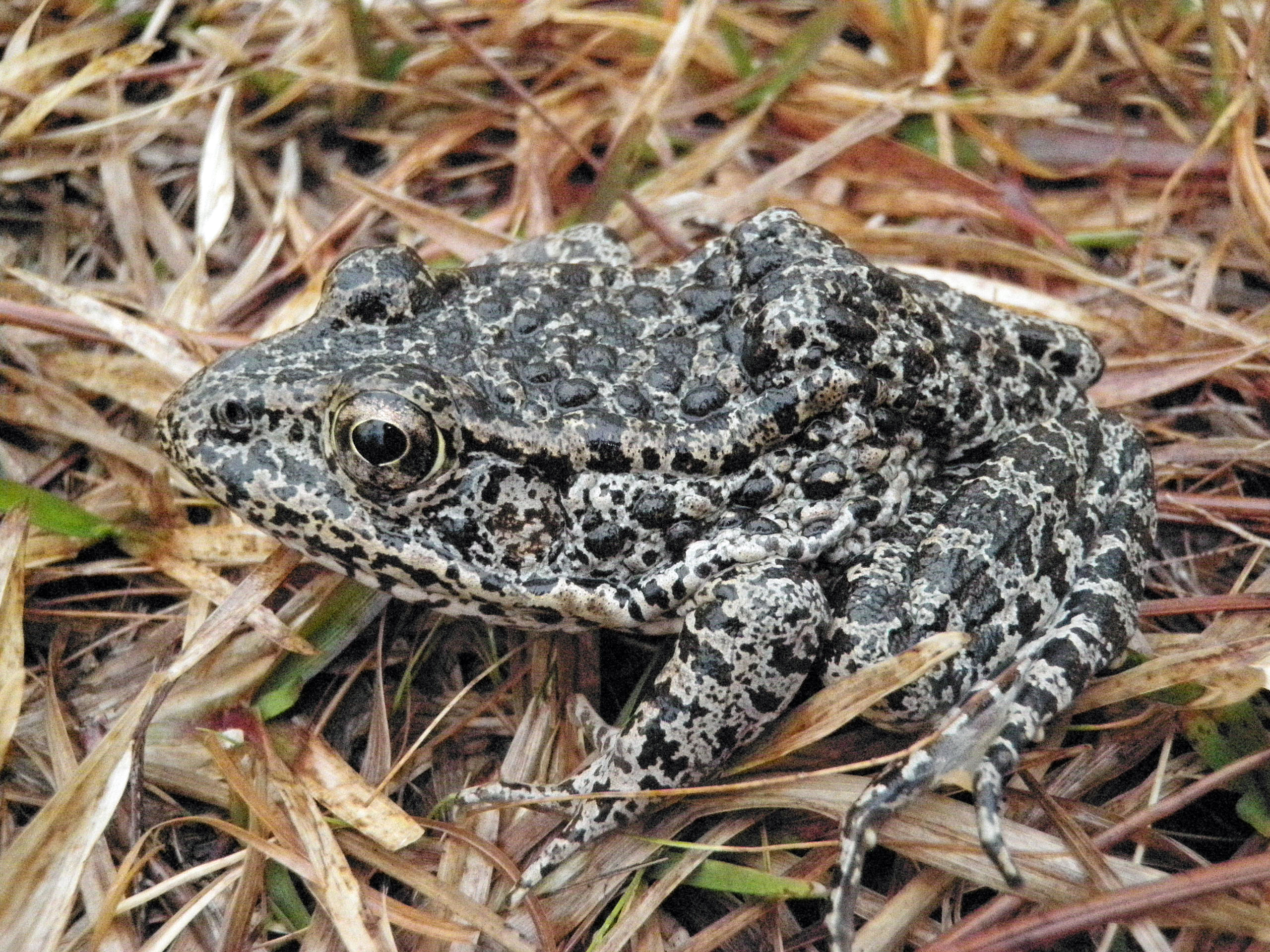By Gabriella Hoffman
On November 27, 2018, the Supreme Court of the United States unanimously ruled 8-0 in Weyerhaeuser Company vs. U.S. Fish and Wildlife Service, clarifying the application of “critical habitat” designations applying to actual habitats. It was the first case heard by the justices of the session.
In 2012, under the purview of the Endangered Species Act (ESA), the U.S. Fish and Wildlife Service (USFWS) declared 1,500 acres of property owned by the landowners and Weyerhaeuser Company a “critical habitat” for the dusky gopher frog.
However, it was determined that the dusky gopher frog hasn’t been found anywhere in Louisiana for the past 50 years. It actually resides 70 miles away in nearby Mississippi, therefore not making the land owned by Weyerhaeuser “critical habitat” for a species that hasn’t resided there.
“Only the ‘habitat’ of the endangered species is eligible for designation as critical habitat,” Chief Justice John Roberts said. “Even if an area otherwise meets the statutory definition of unoccupied critical habitat because the secretary finds the area essential for the conservation of the species, [the law] does not authorize the secretary to designate the area as critical habitat unless it is also habitat for the species.”
The full opinion can be read here.
This unanimous ruling sends the case back to the lower courts, dealing a huge blow to environmentalist groups.
Hunters, anglers, wildlife biologists, and other stakeholders have been calling for modifications to—not the abolition of — the Endangered Species Act of 1973 to better reflect scientific findings, promote true conservation efforts, and not encroach on private property rights.
On, August 28, 2013, USFWS implemented Section 4(B)(2) to better clarify the designation of critical habitats. Any revisions or modifications to such designations would be “on the basis of the best scientific data available and after taking into consideration the economic impact, the impact on national security, and any other relevant impact, of specifying any particular area as critical habitat.”
Currently, here’s how the agency classifies “critical habitat” designations:
The term “critical habitat” for a threatened or endangered species means— (i) the specific areas within the geographical area occupied by the species, at the time it is listed in accordance with the provisions of section 4 of this Act, on which are found those physical or biological features (I) essential to the conservation of the species and (II) which may require special management considerations or protection; and (ii) specific areas outside the geographical area occupied by the species at the time it is listed in accordance with the provisions of section 4 of this Act, upon a determination by the Secretary that such areas are essential for the conservation of the species. (B) Critical habitat may be established for those species now listed as threatened or endangered species for which no critical habitat has heretofore been established as set forth in subparagraph (A) of this paragraph. (C) Except in those circumstances determined by the Secretary, critical habitat shall not include the entire geographical area which can be occupied by the threatened or endangered species.
This ruling can be seen as a step forward for conservation efforts in the U.S.

